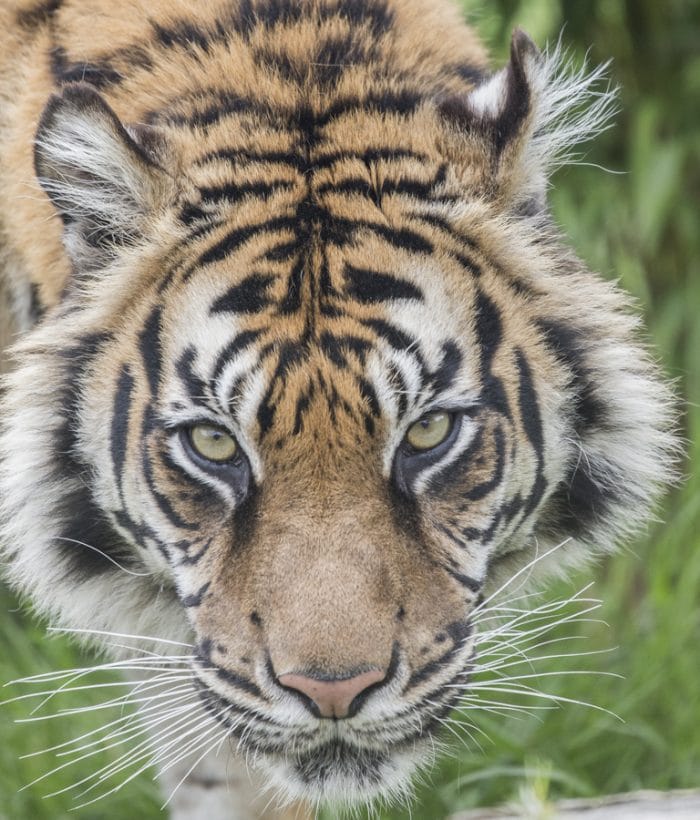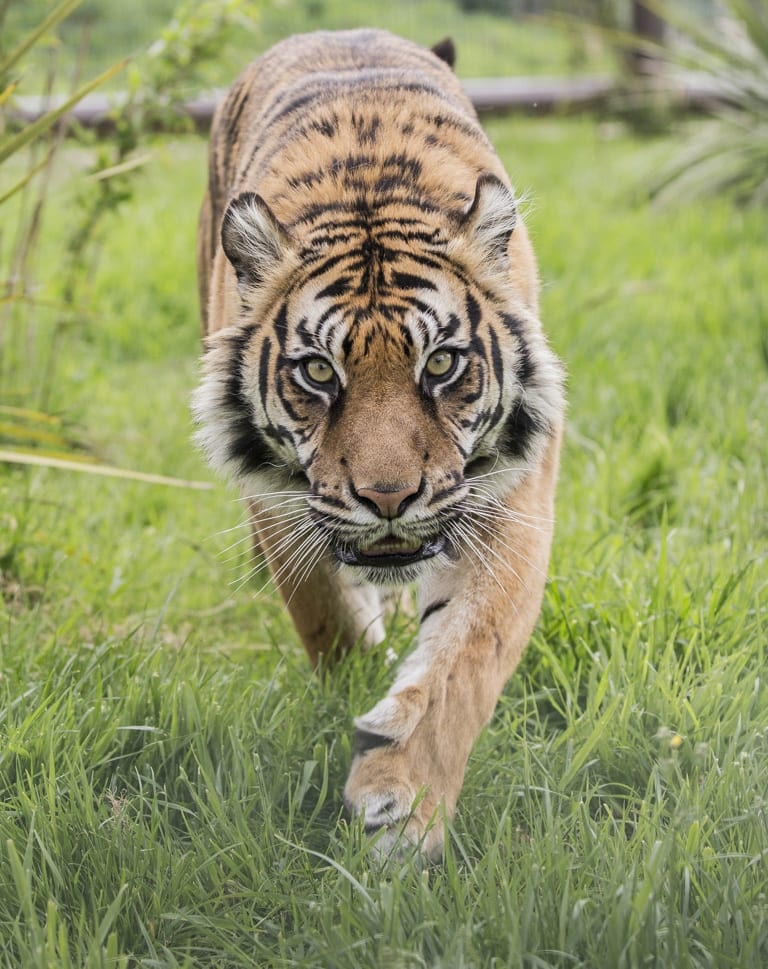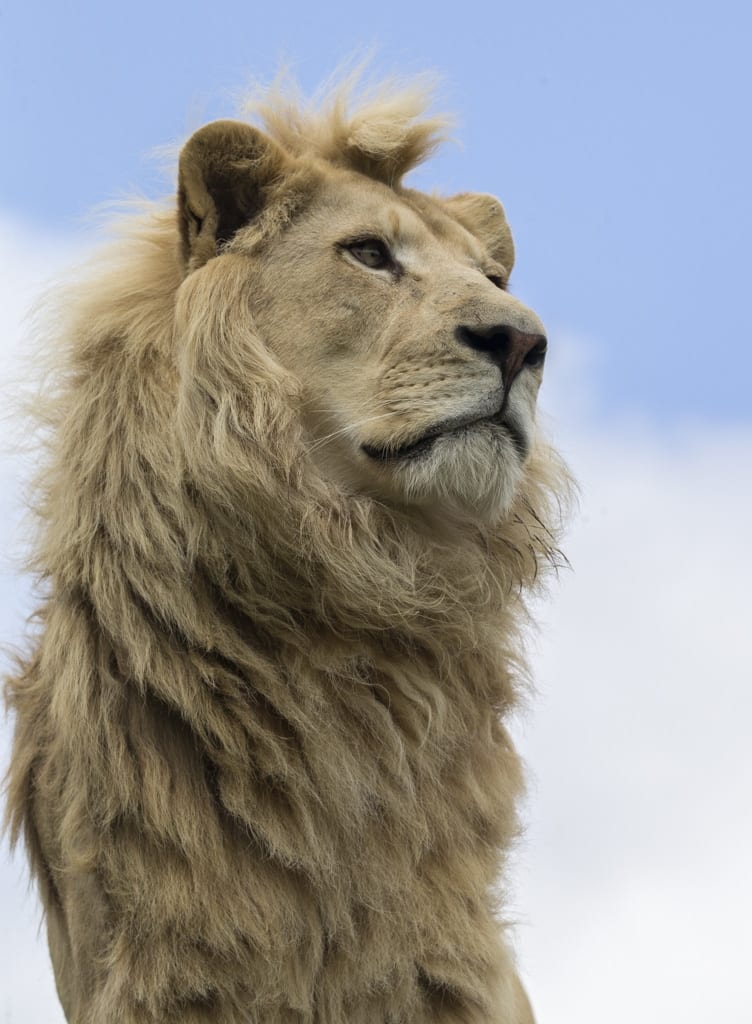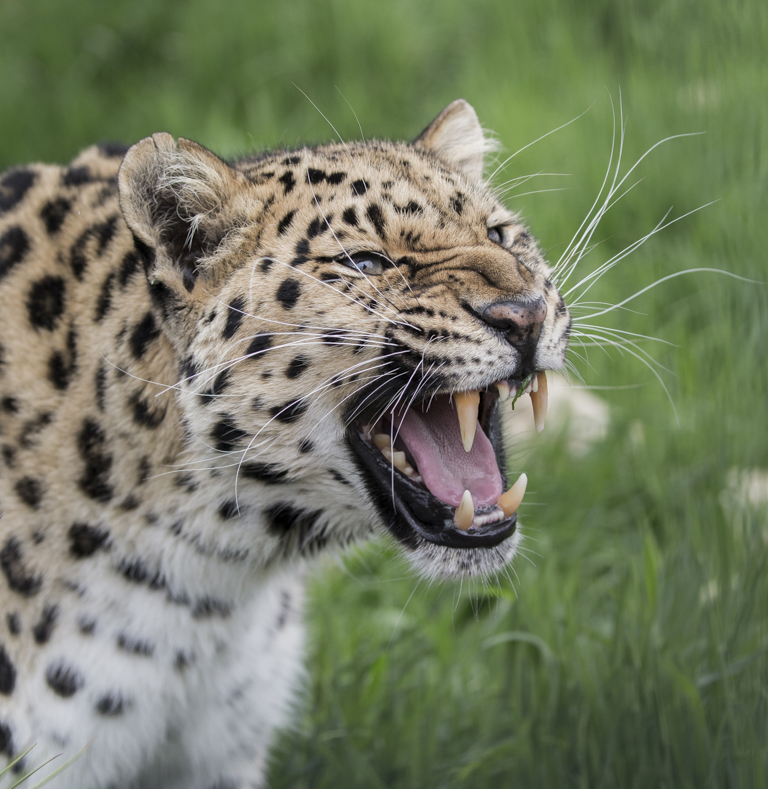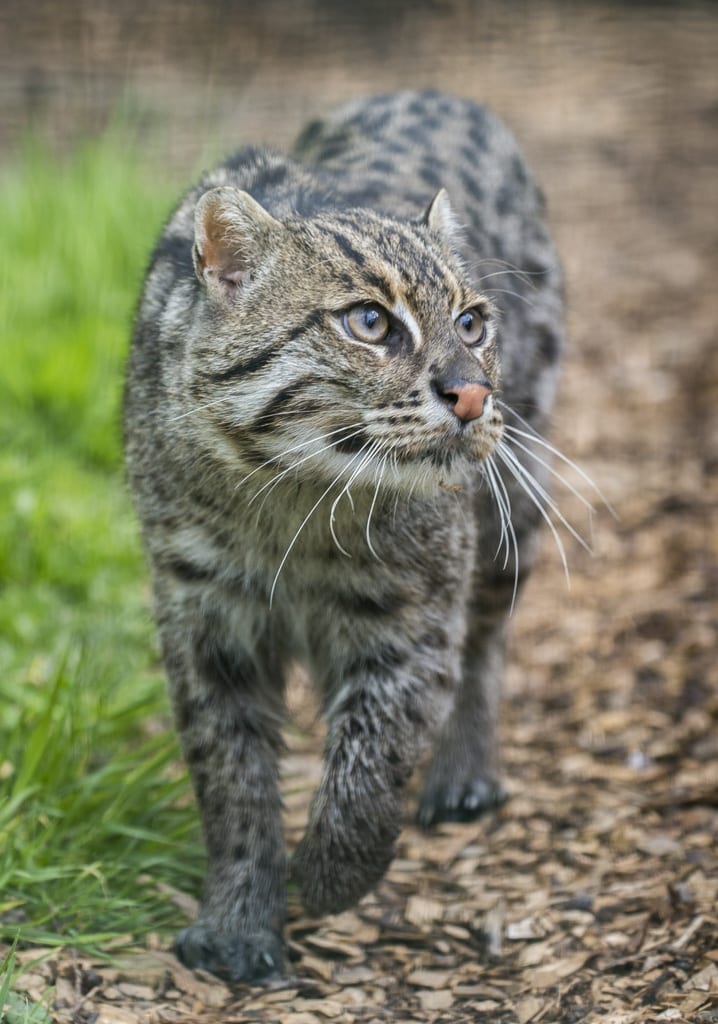IOP® Tutor Phil Jones tells us about his wildlife photography and his experiences photographing big cats.
Big Cat Safari – August 2016
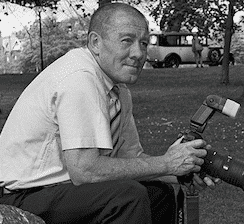
If you are a regular visitor to the Tuesday lunchtime and Wednesday evening Tutor Hosted Chat Rooms (if you are not then, please do come along and drop in to say hello), many of you will know that I retired from my day job at the end of April.
My colleagues bought me a retirement gift, which was a Wildlife Photography Day Safari, at a big cat heritage centre, which cares for every conceivable big cat there is.
It gave me the opportunity to photograph big cats in a purpose-built environment similar to their natural habitats but allowed access to areas that the general public is not authorised to venture.
You can imagine my delight, so off I went armed with all my gear entirely unsure of what I would need to make the most of the day.
At this point, I asked for clarification on what exactly he meant by a 1.6-metre gap? He explained that we should approach the mesh fencing and photograph through it by putting the lens directly on the mesh, but if the animal approached the fence, then we had to step back to ensure we were at least 1.6 metres away from it.
We were also told never to turn our backs on any of the cats after photographing them, and a demonstration would take place to show us why we had to adhere to that rule.
By now I was very intrigued and a little nervous.
Looking through the visitor centre window at a somewhat large Bengal Tiger who appeared to be taking some interest in us, I realised immediately that although I had packed all my lenses, I hadn’t packed a change of underwear, which I now know is an essential item in any safari photographers kit bag.
Have you ever taken notice of what you do immediately after taking a shot when you are hand holding your camera, particularly if you are out with another photographer or two? Try it and see.
All of us, sometime during the day, took a shot of one of the cats and instinctively looked at the image on the back of the camera as we turned away from the subject. The result was unbelievable.
Regardless of the size of the cat be it a Lion or a small fishing cat, if you are within striking distance of that animal, it will go for you immediately you turn your back on it. Believe me, an adult lion or tiger hitting that fence with all four paws makes you jump, to say the least.
It’s only when you are up close and personal that you realise how big and powerful these animals are.
So what did I end up using by way of kit for this wildlife photography workshop?
I am lucky enough to have two camera bodies, so I used a 100-400mm on one body and a 70-200mm on the other. It didn’t take long to realise that I could and should have used a 24-105mm too as we were so close to the cats most of the time.
The first lesson I learned was to shoot wider and then crop in tighter during post-processing to avoid cutting off the end of the cats tail, paw or ear, etc.
I have plenty of those shots which can’t be recovered, other than to completely re-crop the shot and change the whole composition of the image. I found that to be a reasonable solution to that problem.
The second lesson I learned from this experience was that chain link fencing doesn’t look good on safari shots. Although you can focus through, it has a habit of appearing at the top or sides of your images as a vignette, if you don’t get the centre of the lens right against the fence (shoot without a lens hood).
Initially, it is difficult to do and takes a little practice because inevitably the subjects approach you from the side and not directly head on much of the time. You are concentrating on the animal, forgetting that you are moving your camera angle and bringing the chain link into view although you don’t see it very often in the viewfinder.
If you have a tight shot of a cat’s head filling the frame, for example, you can get the fence appearing as a dark blur across part of it potentially ruining the shot. I had plenty of those too…
However, the good news is that by emphasising the darkness caused by the fence by adding a little more vignette to the whole image and a graduated filter effect in post-processing, you can save the shot so don’t be too hasty in deleting it if you ever find yourself in this situation.
In wildlife photography, depth of field and shutter speed issues can be a problem too if you are shooting with a longer telephoto lens, close to a subject which is approaching you head on. You may want all the animal to be in focus and capture the movement so here again shooting wider with a telephoto lens or using a wider angle lens proves to be invaluable.
Very often when I’m shooting wildlife, I use spot metering for proper exposure of the subject. I may not be concerned about the exposure of the background mainly if it’s an expanse of sky. However on this occasion being so close to the animals and the range of colours in some of their coats, evaluative metering was the answer.
This shot of the Jaguar is a good example.
From a distance, the cat appears to be all black, but you can see that there is an underlying orange with black markings in its coat, and I was looking to get that detail.
I hope that our short blog this month is of interest to you. If, like me, you are unlikely to be able to go on a real safari there are a good number of locations around the country that offer photographic opportunities.
It’s a great way to practise your wildlife photography skills and improve your techniques and if you would like to discuss these further why not drop into the Tutor hosted chat on Tuesday or Wednesday.
More of these images will soon be added to my website so please feel free to take a look
www.philjonesphotography.co.uk
Shortly, I will show you some of the results of my recent wildlife photography trip to the Scottish Highlands to photograph Ospreys and show how I achieved the images under somewhat trying conditions.
If you are not yet a student, why not join 20,000 other photography enthusiasts on the market-leading online photography course platform? Start now.

